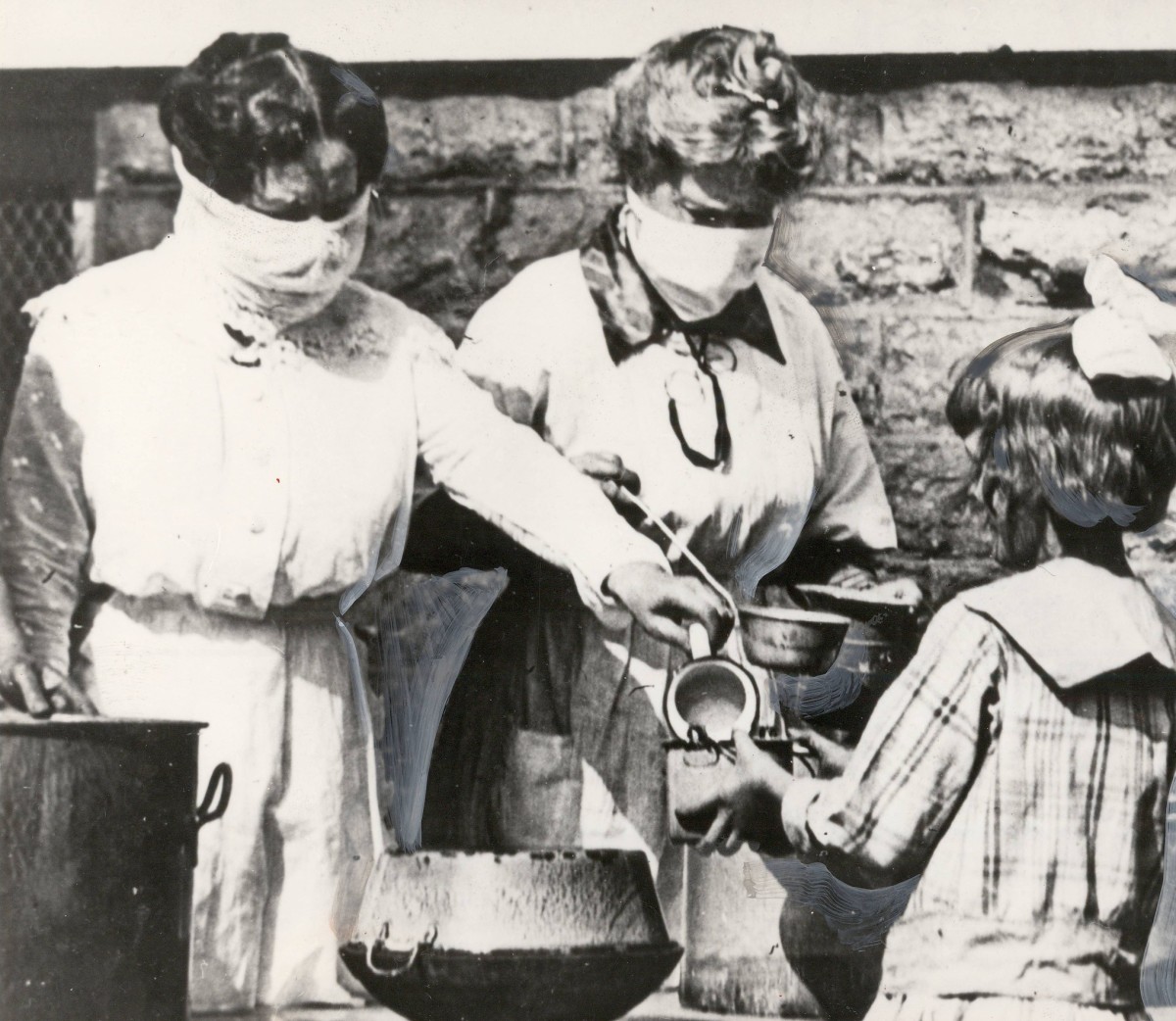1918 Cal-Stanford Game Had Flu Element Similar to Friday's Big Game

People wearing masks in public. A flu pandemic that worries America and the world. College football schedules thrown into chaos. The Big Game held on Thanksgiving weekend.
Sounds like the situation for the Cal-Stanford game scheduled for 1:30 p.m. Friday in Berkeley.
However, those factors were also in play back in 1918, when the Spanish flu raged through the Bay Area while Cal and Stanford met in Berkeley on Thanksgiving Day.
This year’s Big Game will be played on Nov. 27 with no fans in the stands at Memorial Stadium. (In the video above, Cal coach Justin Wilcox talks about his sympathy for fans who can't attend the Big Game.)
The 1918 big game (it carried the “big game” title, but not in capital letters backs then) was played on nearly the same date--Nov. 28, to be exact--but the site was California Field, a 20,000-seat venue that no longer exists and was located a few hundred yards down the hill from where Memorial Stadium would be built five years later.
And unlike this year’s game, people attended the 1918 game – a crowd estimated at 12,000 – and unlike this year’ game, the 1918 big game was not even an official game.
Surprisingly there was no mention in any of the 1918 game stories in the San Francisco Call, Oakland Tribune, Oakland Enterprise or the San Francisco Chronicle that spectators wore masks or that the pandemic had any direct effect on the proceedings.
That seems odd because the Spanish flu had hit the Berkeley on Oct. 6 and within two weeks, nearly 500 people on the Cal campus had fallen ill, and seven had died.
The number of deaths worldwide was ultimately estimated to be at least 50 million, with about 675,000 occurring in the United States.
Unlike the current COVID-19 pandemic, the Spanish flu caused a high mortality rate among young adults – college students, in other words.
People in Berkeley and San Francisco were required to wear masks in 1918, and false hopes in mid-November that the pandemic was dissipating were followed by a spike in cases.

.
Although students at both Cal and Stanford were casualties of the Spanish flu, they continued to attend classes and were required to wear masks indoors.
The 1918 college football schedules had been scrambled nationwide, not by the Spanish flu but by edicts related to World War I, which ended in the middle of the football season on Nov. 11, 1918. Ivy League schools, who played big-time football at the time, canceled their seasons, just as they did in the fall of 2020. Other schools modified their schedule, as Pac-12 teams did this year. The Rose Bowl that season (Jan. 1, 2019) paired two military bodies, the Mare Island Marines and the Great Lakes Navy.
Stanford was not even planning to play football in 1918, but was persuaded to scrape together a football team to play four games in 1918. Cal played nine games that season, and was heavily favored to take down outmanned Stanford in a big game played for the benefit of the United War Work Fund.
The 1918 game was played by Student Army Training Corps (SATC), military personnel who were not all students, and the unofficial contest is not included in the series record. Stanford fans argue the game never occurred, and you can see why since Cal won the game 67-0.
Game stories in the next day’s newspapers focused as much on the military bands that led the teams onto the field and the nurses that sold food to the spectators as the game itself. Neither activity would be considered healthy endeavors in today’s social-distancing climate.
Three excerpts from the game story provided by former Cal athlete Brick Morse in the San Francisco Call reflects the sentiment.
First there was this short-shrift description on the events of the game:
Score, 14 to 0. To tell of the other eight touchdowns would be but a repetition of the same dope.
Yes, the same dope.
Then there was this prescient assessment of the Cal squad, which went 6-2-1 in 1919 before finishing 9-0 in 1920, including a 28-0 victory over Ohio State in the Rose Bowl.
If the same men stay together and are coached by the same Andy Smith next year, all America will know of the greatness of the California varsity.
Then this assessment of the Cardinal.
As to the Stanford team, they were 100 per cent better than when I saw the aviators beat them two weeks ago. They were laboring under a very severe handicap yesterday and had the sympathy of everybody They can well feel honored in defeat. They were true to the oldest traditions of Stanford and fought gamely against hopeless odds.
Being 100 percent better and losing 67-0 does not speak to highly of the Stanford team that had lost to Mather Field 70-0.
So almost exactly 102 years ago, the odd circumstances of the big game were not too different from what the teams face in Friday's Big Game. Cal would like the final score to be the same too.
**Stanford coach David Shaw talks about the disappointment of having no fans for the Big Game
Follow Jake Curtis of Cal Sports Report on Twitter: @jakecurtis53
Find Cal Sports Report on Facebook by searching: @si.calsportsreport
Click the "follow" button in the top right corner to join the conversation on Cal Sports Report on SI. Access and comment on featured stories and start your own conversations and post external links on our community page.
